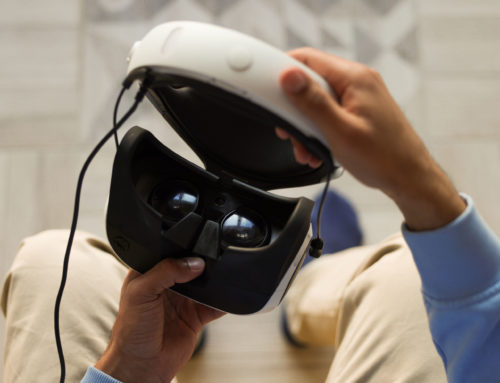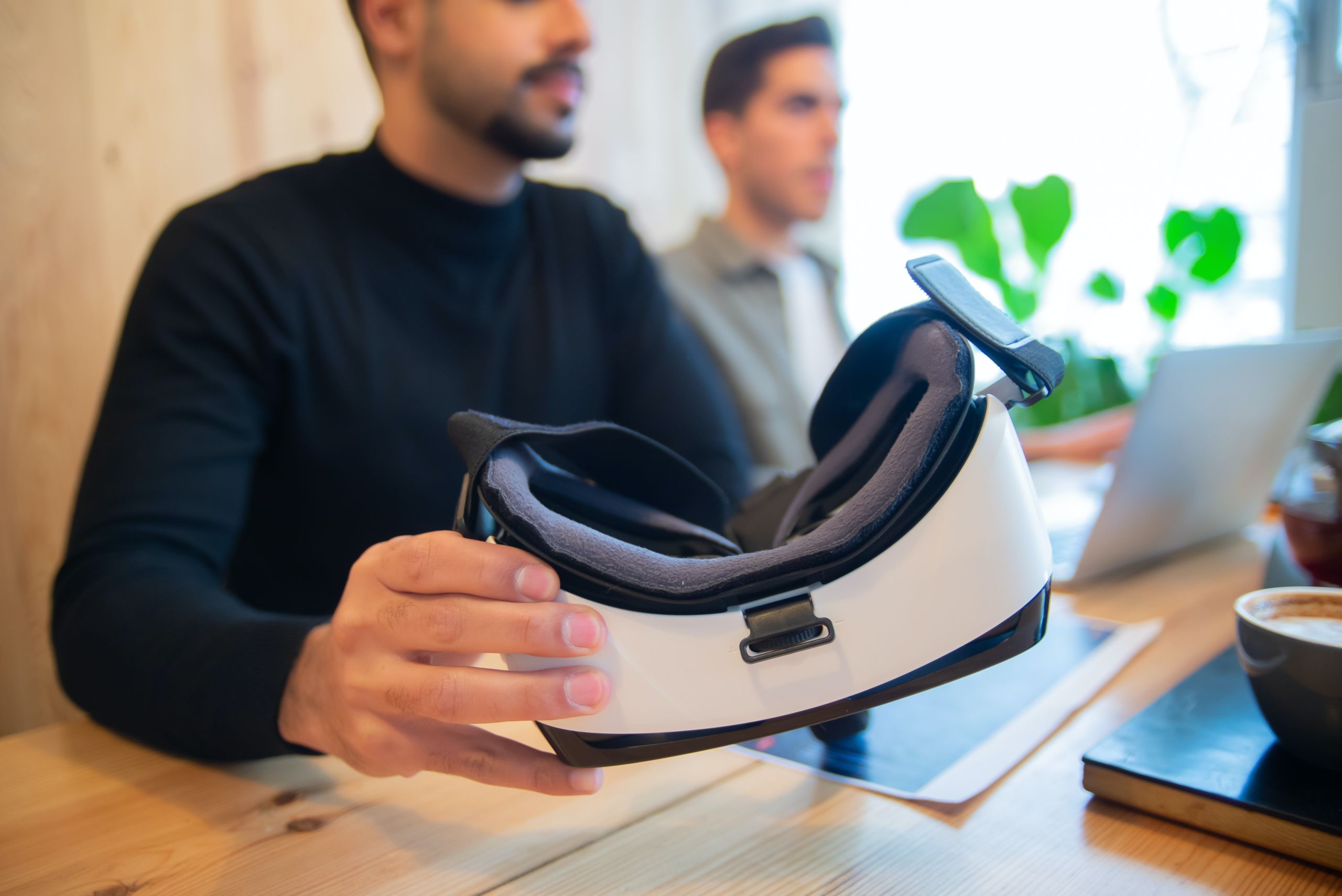
Virtual Reality has been a dream for consumers and the industry for decades. Putting a helmet on and teleporting us to other people’s worlds is something we’ve always wanted, but so far has not managed to be able to do, and along the way there have been some overly ambitious projects like the Virtual Boy of Nintendo, in 1995.
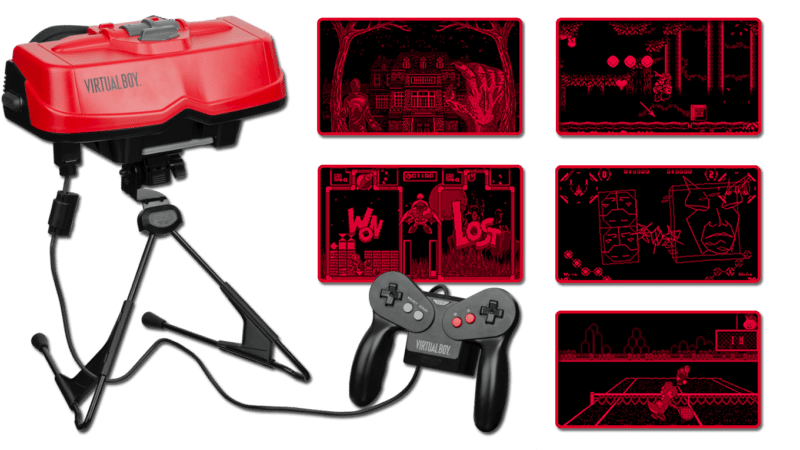
Twenty years after the frustrated attempt of the Nintendo console, to introduce Virtual Reality into our lives, today technology is much more prepared for the final assault and for Virtual Reality to come at us from all sides: leisure, shopping, gaming, industry, health, training, education …
Ambitious Projects on the High Range of Virtual Reality (we refer to its price and technical requirements), such as Oculus (Facebook), HTC Vive (the Chinese giant HTC), Sony PS4 VR and Low Range (only price, not user experience) Google Cardboard, in its two versions, a simple cardboard device and then plastic (in which the user must enter their phone to view contents in Virtual Reality), are facilitating the socialisation of Virtual Reality as part of the leisure and communication of a company.
We are facing the creation of a new industry around Virtual Reality, Goldman Sachs says that “Virtual Reality Will be bigger than Television in 10 years” (see post here), Gary Caynerchuck (CEO of Vaynermedia one of the most important communication agencies on a global level) says “Virtual Reality will do with the Internet what it did with newspapers”.
One of the most natural uses of Virtual Reality is to teach something to your potential client, obviously something that your client can not see from his position. There are several ways to do this: 360 Photos, Virtual Visits, 360 Videos and APPs.
Many CEOs and Directors of Marketing / Communication with whom we speak tell us, “Yes, this seems to be important, but Virtual Reality is for Leisure or for other companies, not for mine”, FATAL ERROR! !!, his predecessor probably said the same about the Internet. It is true that the industry around Virtual Reality is still not very mature, many successful cases in business schools are not yet studied and, therefore, there is a lot of ignorance about this technology and what can be done with it.
Despite all this, there are already many professionals, companies of all sizes and sectors that are using Virtual Reality for their communication, marketing, customer service, sales … Below we are going to show a series of success stories of Virtual Reality in the business world. In the coming weeks we will upload post in which we deepen on the use of Virtual Reality in each of the sectors mentioned here.
Virtual Reality in the Hospitality Industry
The AC Barcelona Forum HOTEL, one of the Hotels of the Marriott Group and leader in congresses celebrations, conferences and events at European level, is one of the pioneering Hotels in the use of Virtual Reality to teach its potential clients its spectacular rooms, restaurants, cafeterias and relaxation areas. In fairs, it manages to transfer its congress clients to fantastic live immersive experiences in this emblematic hotel in Barcelona.
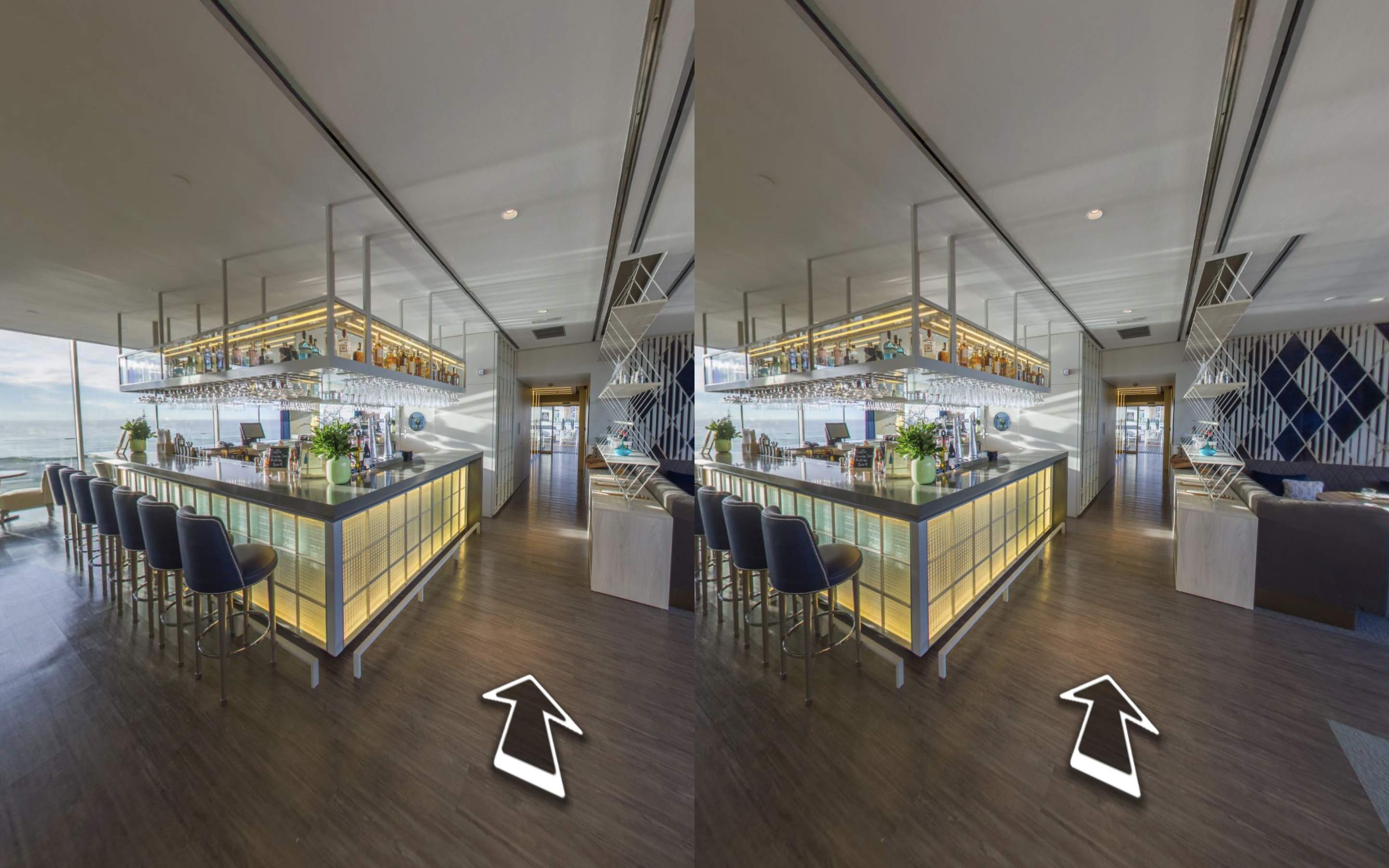
In this example we see two virtual visits made with the edition of several 360 images. The content is multiplatform, consumable from desktop, tablet, smartphone and with Virtual Reality Glasses (from the smartphone you must click the glasses that appears on the screen, the screen is split in two and you are ready to enter the mobile in the virtual reality viewer).
The navigation is intuitive and the user experience is to visit the space shown.
Virtual Reality in business at street level.
Large franchises or neighborhood family businesses can afford to show their store and their product through the 360 / Virtual Reality. Making your client visit your business from anywhere in the world, virtually, is possible.
In this example we can see a Virtual Visit of a Hairdressing Salon in which we introduced different multimedia elements: Voice over, product and video emergent image.
Once you have visited the store in a virtual way, when you visit it in a real way the feeling will be that you have been there before. From the point of view of Marketing, it is not something that goes unnoticed: Knowing something gives security > security gives confidence > confidence gives sales.
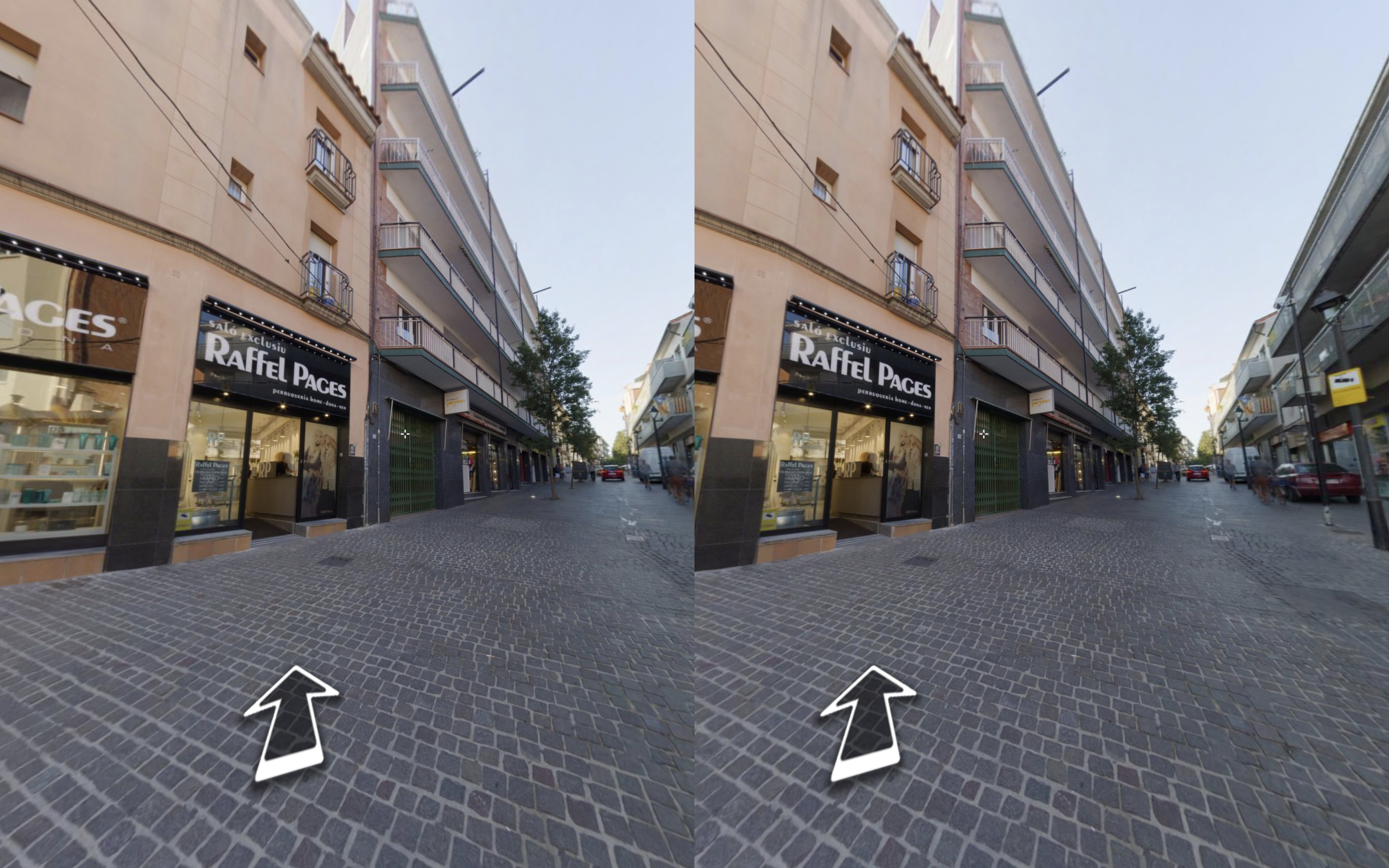
Virtual Reality in the Real Estate Sector
If there is a sector in which everyone thinks it makes sense to use Virtual Reality, it is in Real Estate. Real estate is one of the pioneering industries in the use of the Virtual Reality: Real estate, promoters, architects and real estate portals have already introduced Virtual Reality in their business.
Architects that show their projects in an immersive way, promoters that invite you to present an experience to potential buyers in homes where the first brick has not yet been placed, real estate agents that can allow their clients in Moscow to visit their homes in Costa Brava…
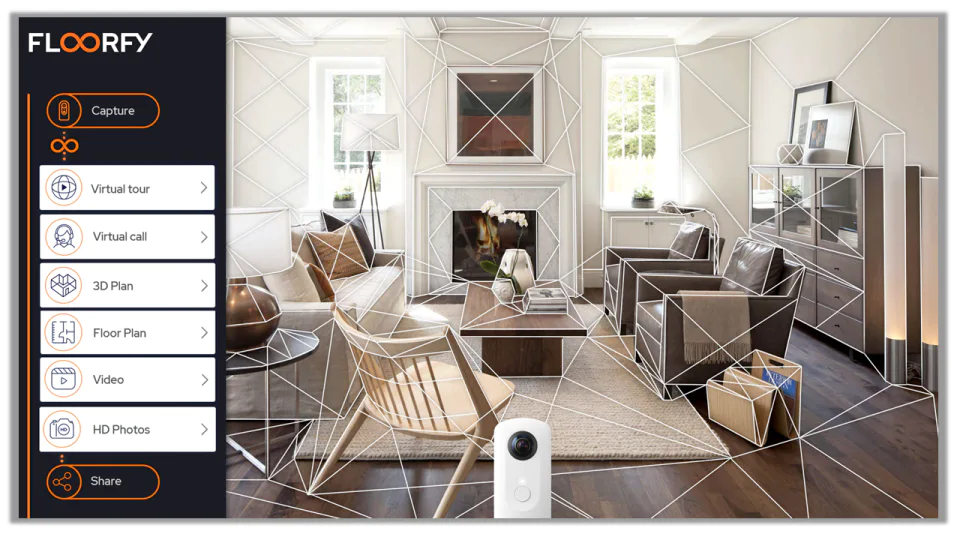
Here are already real estate projects that base 100% of your business on Virtual Reality, such as the real estate Portal floorfy.
You can fall in love with your future home from the sofa in your own house.
People of Floorfy, we only need a Virtual Notary to close the circle!
Virtual Reality in Travel Agencies
Success Story of Virgin Holidays, it is not strange that a visionary like Richard Branson has been one of the pioneers in the use of Virtual Reality in his businesses, the unusual thing is that in his first experience with VR he obtains a success like this , before telling more, look at this: ROI 46: 1. Yes! Thanks to Virtual Reality.
The United Kingdom has around 50 stores of Virgin Holidays and the month of January is the month in which traditionally the English book their holidays, so there are huge queues in all the stores, consequently with some impatient customers tired of waiting so long and leaving the store without buying,
In January 2015, to avoid that constant flight of customers, due to the desperate waiting, in some of their stores they introduced, Virtual Reality Glasses based on Google Cardboard, through which they allowed their customers, , to see immersive content of some of the destinations that sold like the Riviera Maya while they waited. Content taken in 360 video about tourists swimming with dolphins, walking along the beaches of Tulum or relaxing in the pool areas of the hotel.
The result of the stores that participated in the campaign was:
• Sales increase of 60%.
• Sales to the Riviera Maya increased by 86%.
• 78% of store staff evaluated the APP with 5/5.
• Obtaining an ROI of the 46: 1 campaign.
Virtual Reality in the Automotive Sector
A sector so competitive and that allocates important investments in marketing as the automotive industry, offers many examples of the use of Virtual Reality. The most common are driving experiences of the models to promote (you can see the Lexus APP RC F VR), virtual tours of cities at the wheel of the promoted model (you can see the APP of Ford Fiesta VR) and even complete virtual files of vehicles that become driving experiences in which games are included, such as the presentation of the VW Touran, which is the example that we show you below.
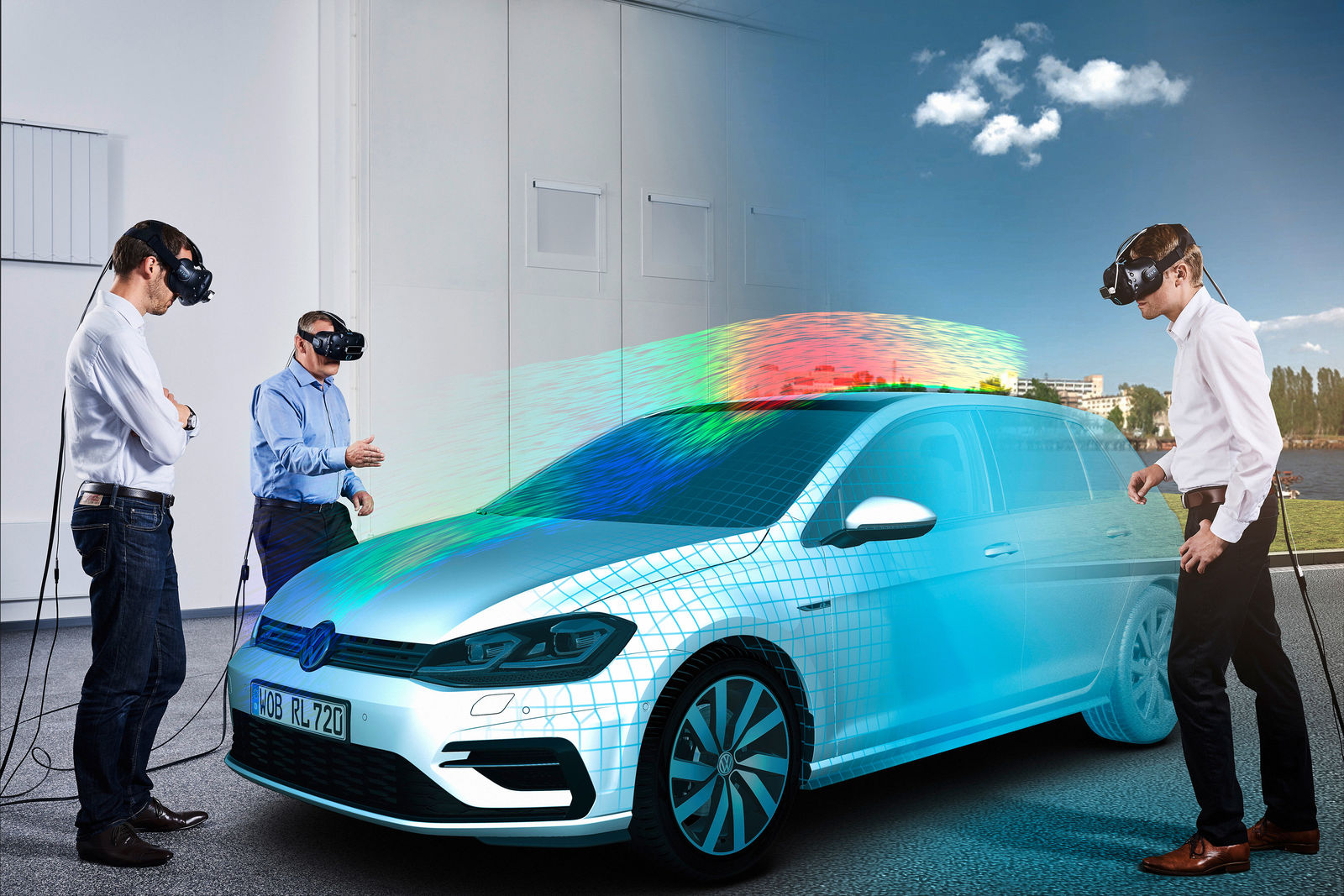
Virtual Reality in Journalism
Virtual Reality will be the Holy Grail of journalism in the years to come. Currently, the journalist gives us the information of what happens there, where the news is. Virtual Reality will change this paradigm, it will move the viewer where the news is being produced and will live it as if it were there.
The New York Times through its APP “nytvr” shows us how to create immersive journalism.


Another example of what the world of journalism can do with Virtual Reality is what The Guardian has done with the “6 × 9 Experience”. Through this APP it is denounced, the still massive use in the United States, of the “Solitary Confinement Cells”. This APP manages to transfer the user to live the experience that every day lives in the US between 80000 and 100000 prisoners, who spend between 22 and 24 hours in these cells without humans contact, for days or years. The cell used in the APP is based on a real solitary confinement cell.
Virtual Reality Glasses as a promotion or claim for the sale of a product
The Virtual Reality Glasses is a surprising gift, and if with the purchase of a product or service you Give a Virtual Reality Glasses, this product gains more attractive for the consumer.
An example in Spain is the Nesquik campaign in which for the purchase of a 3 kg savings pack they gave you Virtual Reality Glasses type Cardboard.
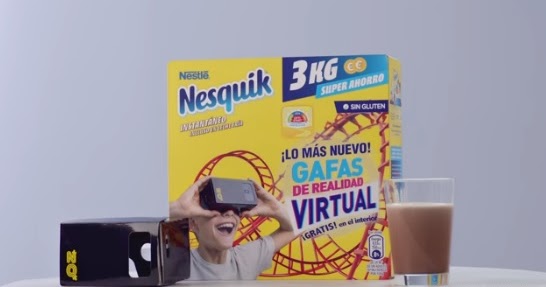
The Virtual Reality Glasses as a Promotional Gift guarantee the success of any promotion that includes this claim, for us the Personalized Virtual Reality Glasses are without any doubt the best Promotional Gift of 2017, for several reasons:
• Novelty: Gateway to a new way of communicating. This Gift identifies your company as an innovator and leader in your sector.
• Perception of value: Far superior to its cost. We have achieved the best price for the Enterprise model (from € 4.95). Whenever I show this amazing Visor to clients, I ask them what they think their price is, they all give a price between 40 and 80 €. What promotional gift has this difference between cost and perception of value by the recipient?
• Emotional Gift: Nowadays it is very difficult to impact people, with this Gift we assure you that you will achieve it. Right now any content we show with Virtual Reality Glasses get the “JQV” effect, coined by us, by what all customers say when they return home “Fuck What I’ve Seen!”.
• For your Personalization Capacity: Your logo will be in the most visible part of the Viewer, and while the viewer is being used, everyone around you will see your brand. We can also customize the box.
• We can generate content: Any content displayed with Virtual Reality Glasses will hook your client. We can make the first content you see is that of your company (your product, your store, your factory, your showroom …) look at examples.
Stores in Virtual Reality and purchases in Virtual Reality
Ebay was the first operator in May 2016 to open its first Virtual Reality store in the world. Although at the moment it is only available in Australia, it is only a matter of time before it spreads to other countries. In this pilot project, the online sales platform has already announced that not all products will be available in this virtual store, but at the moment only those of the Australian chain Myer, about 12,500 products, can be purchased through virtual reality.
What is essential is that users make purchases from the mobile and not from the computer. If they are successful, Ebay does not rule out extending the initiative to more brands, countries and products. “We want to see how customers respond to adapt to them and keep improving the idea,” explains Steve Brennen, Ebay’s marketing director.
The Chinese Giant Alibaba has presented on November 11, 2016 in the festival they do for the “Single day”, how they can make purchases by Virtual Reality. The consumer will only have to enter their phone in a Virtual Reality Glasses and look for products. Watch this video published by Alibaba in which the shopping experience is shown.
The Inditex Group has launched a virtual reality store of Massimo Dutti. When a customer places an order through Massimo Dutti’s online platform, he receives, together with the package, an envelope in which there are small Virtual Reality Glasses and the instructions to access the store.
To visit the experience it is only necessary to place the mobile phone in the glasses and access the corresponding section on the website of Massimo Dutti. From there, the client can move within this virtual scenario by simply moving his head and accessing the tabs of each article or playing the video of the campaign by looking at one or the other point.

The store houses only the new men’s fashion collection of the chain, Soft, and has been developed by an internal team of Massimo Dutti dedicated to innovation projects to improve the user’s shopping experience.
With a simple click on the garment that you like, the store redirects you to a new page where the product is displayed and from where you can buy. Of course, the collection is presented in an innovative and highly technological, although it is missing to take the clothes and deploy or pick up a hanger, before being directed to the new page of the purchase of the garment.
Virtual Reality in the Health Sector
The treatment of Phobias and Anxiety is one of the Pathologies in which there is more experience in the use of Virtual Reality for its treatment. The José Germain de Leganés Psychiatric Institute is one of the pioneer centers in the use of Virtual Reality for the treatment of fears and phobias.
Virtual Reality (VR) allows the creation of three-dimensional spaces through a computer. This technology allows the simulation of reality, with the great advantage that elements and events considered useful can be introduced into the virtual environment, according to the proposed objective.
One of the most widespread techniques in recent years to treat these disorders are the “exposure techniques”. These techniques consist of confronting the patient with the feared situation repeatedly, gradually, systematically and under the supervision of a psychotherapist.
“Hospital without pain” In Sant Joan de Déu
The distraction of pain has extensive clinical validation that supports its benefits and the increase in therapeutic efficacy in combination with drugs. This application is especially interesting in children, since they are often the most negatively affected during bothersome or painful medical processes. In this sense, the Hospital Sant Joan de Deu in Barcelona already has a specific program called ‘The Hospital without pain’, which aims to prevent and minimize the pain and discomfort that children suffer when they are subjected to painful procedures that, Despite not requiring anesthesia, they generate discomfort.
This promising project, in which we have the pleasure to participate, has begun with the removal of casts, the results are so positive that shortly the use of distraction will be extended by Virtual Reality to other pediatric treatments of the Hospital and waiting rooms .
Virtual Reality in Concerts and Festivals
This use is also configured as one with great tour, both to record concerts in 360 and then to be able to relive them as if you were there, from the sofa in your home, to live broadcasts of concerts and festivals, and to live live what happens in the festival.
The German Techno Hardcore Scooter Group has recorded a concert in 360, it is a good example of what the entry of Virtual Reality can mean in the world of concerts and festivals. When you put on your glasses, headphones and turn up the volume to the limit you can not help but start jumping and moving your head.
The musical label Universal Music has released VRTGO an APP available in IOS and ANDROID in which it will include concerts and clips in Virtual Reality of the artists of the label. There are currently 5 experiences available: 2 with Avenged Sevenfold, One Republic, Shawn Mendes and the band formed by the former Jonas Brothers Dnce.
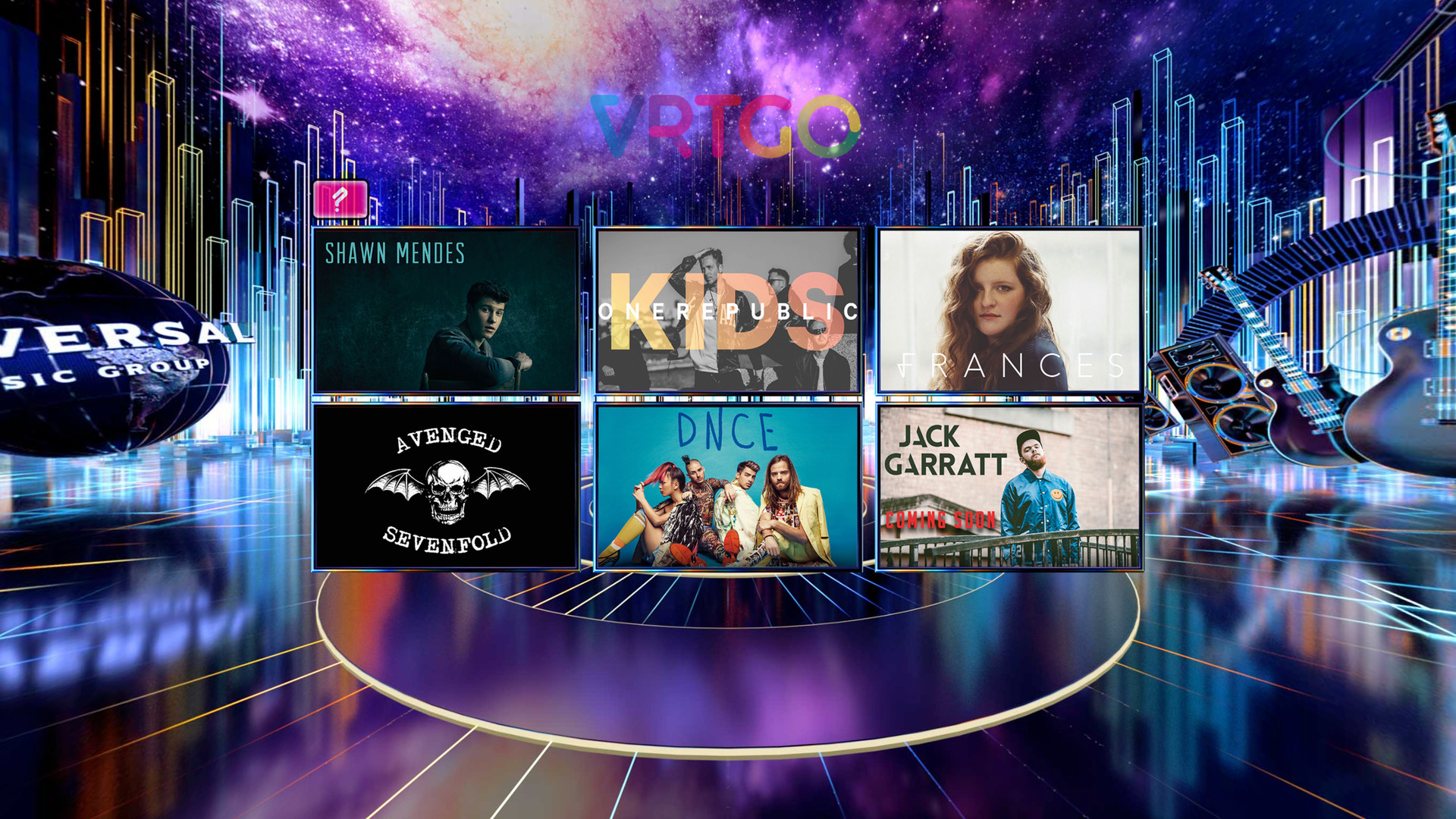
It seems that the music industry this time with Virtual Reality want to go ahead of the consumer and not get run over as happened with the consumption of music online.
As we can see, Virtual Reality is present in one way or another in most sectors. In the coming years, as technology advances and the use of Virtual Reality becomes popular, all households and companies will have Virtual Reality Viewers with which they will do everyday things: virtual trips, training, shopping, games, sports, meditation…
Do you want to make your company enter the world of Virtual Reality? contact us, we will be happy to assist you.

